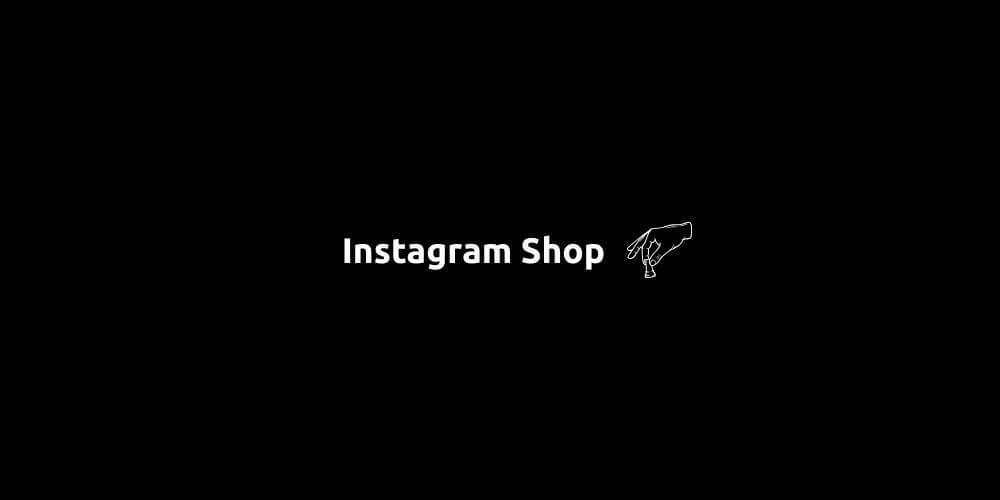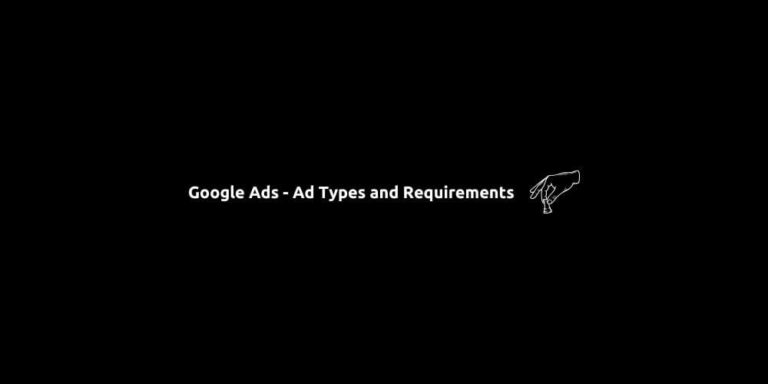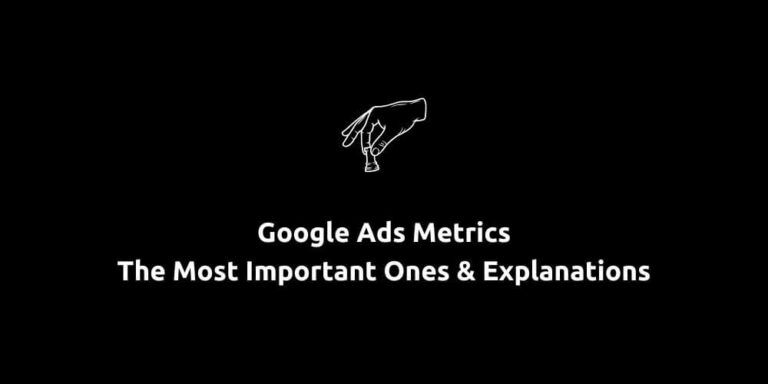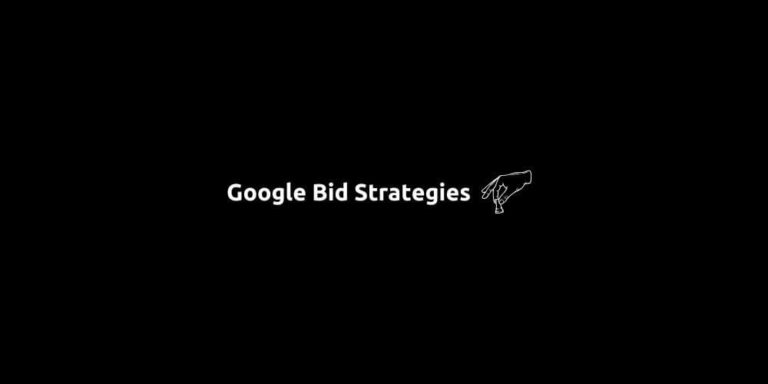Instagram Shop – A Complete Guide for Success
Instagram Shop is a powerful feature that allows businesses to create a seamless shopping experience directly on Instagram. Because nowadays Instagram no longer just a social media platform, it’s a thriving marketplace. Therefore, Instagram Shop enables brands to showcase products, drive discovery, and convert followers into customers without users ever leaving the app.
This article will walk you through everything you need to know about Instagram Shop. We’ll first explain what it is and why it’s crucial for modern e-commerce strategies. Then, we’ll provide a step-by-step guide on how to set it up. By the end of this article, you’ll learn how to integrate your product catalog, tag items in posts, and create a user-friendly shopping experience that keeps your audience engaged.
Content:
- What is Instagram Shop?
- How to Set Up Instagram Shop?
- How to Integrate Instagram Shop with Meta Ads?
- How to Get Started With Instagram Shop
What is Instagram Shop?
Instagram Shop is a feature that allows businesses to set up a digital storefront within the Instagram platform. It enables users to discover products, learn more about them, and purchase them. The best thing is users can do all without leaving the app. This frictionless shopping experience reduces barriers to conversion, making it easier than ever to turn engagement into revenue.
This feature is particularly valuable for visual-first brands like fashion, beauty, home decor, and accessories, where the product appeal is heavily based on aesthetics. Instagram Shop capitalizes on impulse buying and mobile-first behavior by providing a native shopping experience that feels like scrolling through a curated product magazine.
As social commerce continues to grow, Instagram Shop plays a critical role in omnichannel marketing strategies. It connects discovery with purchase in a native, non-intrusive way that aligns perfectly with user behavior. For brands looking to scale their online sales and tap into Gen Z and millennial audiences, having an Instagram Shop is becoming a necessity, not a luxury.
How to Set Up Instagram Shop
Setting up an Instagram Shop is a strategic process that involves several technical and branding steps. Before you can begin selling, you’ll need to meet Instagram’s eligibility criteria, connect your catalog, and get your account approved. But don’t worry, once everything is in place, managing your Instagram Shop becomes a smooth and scalable process.
Step 1: Confirm Eligibility
First, ensure that your business is located in a supported market and complies with Instagram’s commerce policies. You also need to have a business or creator account on Instagram and connect it to a Facebook Page.
Step 2: Connect to a Product Catalog
To sell products on Instagram, you’ll need to upload your inventory. This can be done manually via Facebook Commerce Manager, or automatically by connecting a third-party platform like Shopify, BigCommerce, or WooCommerce. Instagram uses this catalog to populate your Shop and enable product tagging.
Step 3: Sign Up for Instagram Shopping
Go to your Instagram app, navigate to “Settings,” then “Business,” and click on “Set Up Instagram Shopping.” From there, you’ll be prompted to submit your account for review. This process usually takes a few days, but can take longer if your account doesn’t meet the requirements.
Step 4: Enable Product Tagging
Once approved, you can begin tagging products in posts, reels, and stories. Simply upload your content as usual, and you’ll see a new option to tag products, just like tagging users. This feature is critical for driving direct traffic to product pages.
Step 5: Customize Your Instagram Shop
Use the “Shop” tab on your profile to showcase collections, highlight bestsellers, or promote seasonal campaigns. You can customize your layout, add featured products, and make it easy for users to browse by category.
Step 6: Monitor Performance and Optimize
Use Instagram Insights and Commerce Manager to track performance. Pay attention to which posts generate the most clicks, saves, and purchases. This data will help refine your content and product strategy over time.
By completing these steps, you’ll turn your Instagram profile into a dynamic sales channel. And once your shop is live, it’s important to consistently create high-quality content, engage with your audience, and optimize product visibility through Meta Ads.
How to Integrate Instagram Shop with Meta Ads
Integrating Instagram Shop with Meta Ads allows businesses to scale their product visibility and drive sales directly through paid promotion. With the combined power of Meta’s advertising platform and Instagram’s visual-first shopping experience, brands can reach highly targeted audiences, retarget engaged users, and boost conversions efficiently.
Here is how:
Step 1: Connect your Commerce Account to Meta Business Manager to ensure that your Instagram Shop and product catalog are managed through Meta’s Commerce Manager and linked to your Business Manager account. This connection allows you to use your product catalog in ad campaigns across Instagram and Facebook.
Step 2: Create a Product Catalog Campaign in Meta Ads Manager. You can do this by simply choosing the Sales campaign objective. This will unlock access to dynamic ads using your Instagram Shop product catalog. You’ll be able to choose between targeting broad audiences or using dynamic retargeting to reach users who’ve interacted with your products.
Dynamic ads automatically pull products from your catalog and personalize the content based on user behavior. For example, if someone visits your website and views a product, they can later be served that exact item in their Instagram feed.
Step 3: Use Advantage+ Shopping Campaigns. Meta’s Advantage+ Shopping Campaigns are designed to simplify optimization while maximizing conversions. These campaigns use AI and machine learning to test various creatives, placements, and audiences. You can feature products from your Instagram Shop and let the algorithm decide the best combination for driving results.
Step 4: Tagging products in sponsored content is another way to leverage Meta Ads with Instagram Shop. When users see these ads, they can tap the tags to learn more or buy immediately. This native ad format feels like organic content and maintains high engagement rates.
Step 5: Use Instagram Reels and Story Ads for product discovery. Reels and Stories are ideal for top-of-funnel engagement. By integrating product tags and linking back to your Shop, you turn visual storytelling into a shoppable moment.
Step 6: Measure Performance. After your campaigns are live, monitor key metrics like Return on Ad Spend (ROAS), Cost Per Purchase, Click-Through Rate (CTR), and View Content actions. Use A/B testing to experiment with product formats, messaging, and targeting strategies. Meta’s Ads Manager provides detailed breakdowns to help you optimize over time.
How to Get Started With Instagram Shop
With Instagram Shop, businesses can tag products in their posts, stories, reels, and even on the Explore page. Each tag leads users to a product detail page where they can see images, prices, descriptions, and even make a purchase if Instagram Checkout is available in their country. For businesses that use external e-commerce platforms like Shopify or WooCommerce, Instagram Shop integrates seamlessly, syncing product catalogs and inventory.
When structured correctly, Instagram Shop can significantly increase your return on ad spend and lower your customer acquisition costs. Short story long, for any e-commerce brand looking to scale, this is a perfect tool.
Success requires a strategic approach, continuous learning, and regular optimization. With the right planning and execution, Meta Ads can be a game-changer in your digital marketing strategy. And this is what we do at SS&T Digital. 👇






